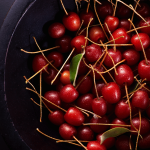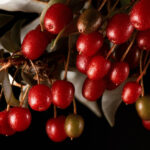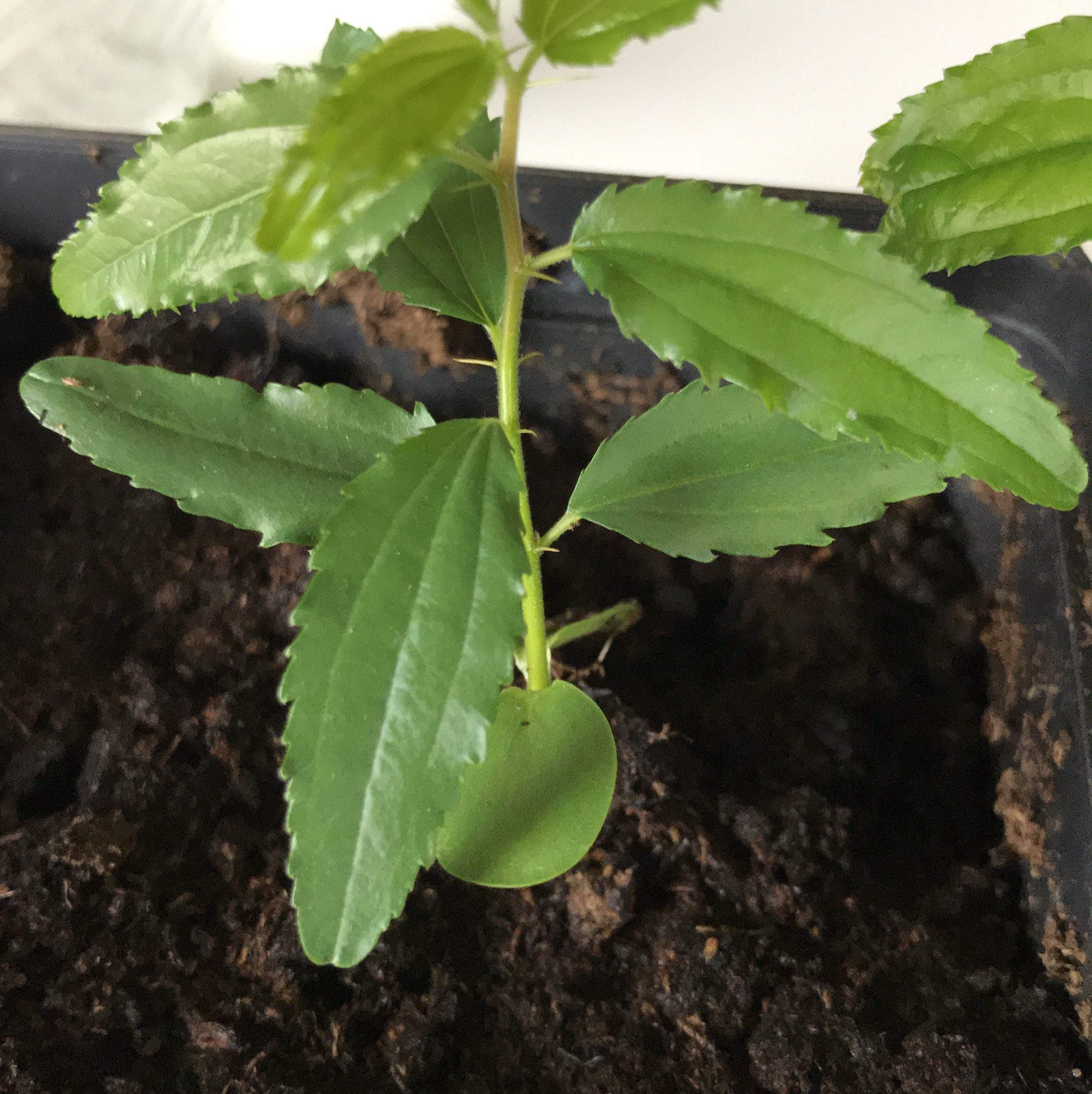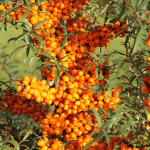Get the Best of Both Worlds with Goumi Berry: Nitrogen Fixation and Delicious Fruit
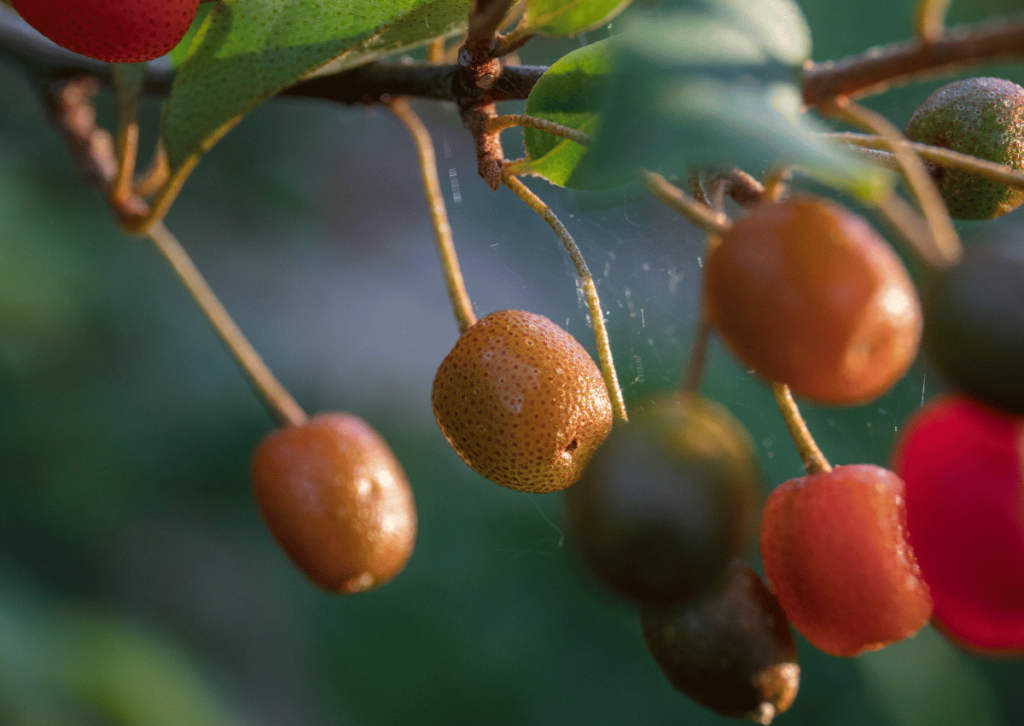
Goumi berry (Elaeagnus multiflora), also known as Natsugumi, Cherry silverberry, Cherry elaeagnus or Gumi, is a deciduous shrub that is native to China and Japan. It is known for its attractive, glossy leaves and its clusters of small, fragrant flowers that bloom in the spring. The shrub is hardy and can tolerate a wide range of conditions, making it a popular choice for gardens and landscaping.
Characteristics
Goumi berry is a medium-sized shrub that can reach heights of up to 2 meters (6 feet). It has a rounded shape and a dense, spreading habit. The leaves are glossy and dark green, with a slightly curved shape. They are typically 5-8 cm (2-3 inches) long and 2.5-5 cm (1-2 inches) wide. The flowers are small and fragrant, with a yellow or white color. They bloom in clusters in the spring and are followed by small, red fruit that ripen to a black color in the fall.
Nitrogen Fixation of the genus Elaeagnus

As with other species in the genus Elaeagnus, Goumi berry plants are actinorhizal, growing in symbiosis with the bacterium Frankia in the soil. These bacteria fix atmospheric nitrogen, making it available in a usable form for the host plant, and indirectly for other nearby plants. This feature allows the plant to grow in poorer soils than it could otherwise. This makes Goumi berry a great option for use in permaculture and regenerative agriculture practices.
Growing and Care of Goumi berry
Goumi berry is a hardy shrub that is easy to grow and care for. It prefers full sun to partial shade and can tolerate a wide range of soils, including clay, sand, and loam. The shrub is drought-tolerant and can survive in areas with low rainfall. It is also relatively pest and disease-free, making it a low-maintenance choice for gardens and landscapes.
To plant Goumi berries, select a location that receives full sun to partial shade and has well-draining soil. Dig a hole that is slightly larger than the root ball of the shrub and plant it at the same depth it was grown in the container. Water the shrub well and mulch around the base to retain moisture.
To care for Goumi berry, water the shrub regularly until it is established, typically within the first year. Once established, the shrub is drought-tolerant and does not require regular watering. Fertilize the shrub in the spring with a balanced fertilizer and prune in late winter or early spring to shape and control the size.
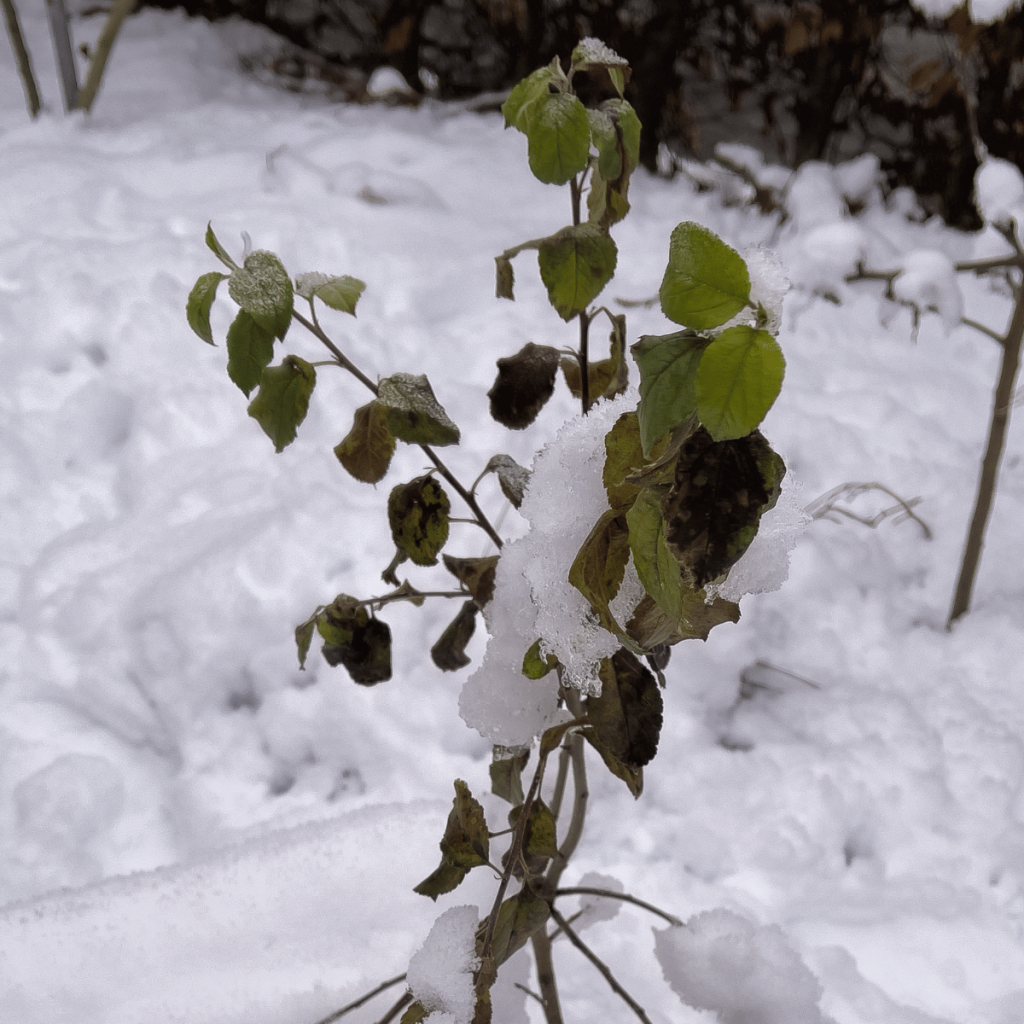
Uses for Goumi berry
Goumi berry is a versatile shrub that can be used in various ways in the garden and landscape. It is often used as a hedge or screen, due to its dense, spreading habit and ability to tolerate shearing. It is also a popular choice for foundation plantings, due to its attractive, glossy leaves and its ability to tolerate various conditions.
The shrub is also a great choice for wildlife gardens, as the small, fragrant flowers are a source of nectar for bees and butterflies, and the fruit can be a good food source for birds.
It is also valuable for its ability to fix nitrogen in the soil, making it a great option for use in permaculture and regenerative agriculture practices. It is also edible
Food made with Goumi berry
The fruit of Goumi berry is a rich source of vitamins and minerals, particularly vitamins A, C and E, flavonoids, and other bio-active compounds, but also it is edible and considered to have a good taste. It can be eaten fresh, dried, or made into jams, jellies, and preserves.
Conclusion
Elaeagnus multiflora is a hardy and attractive shrub that is easy to grow and care for. It is a popular choice for gardens and landscapes due to its glossy leaves, fragrant flowers, and its ability to tolerate a wide range of conditions. Whether you are looking for a hedge, screen, or foundation planting, Elaeagnus multiflora is a great choice for any garden.
Explore the Versatility of Rhubarb in Your Garden and Kitchen
If you’ve enjoyed learning about the multifaceted benefits of Goumi Berry, you’ll find our latest article on rhubarb equally enlightening. Discover how this hardy perennial can be a star in both your garden and your kitchen. From cultivation tips to delicious recipes, our comprehensive guide covers everything you need to know about this unique plant. Read our full article on Rhubarb here.

